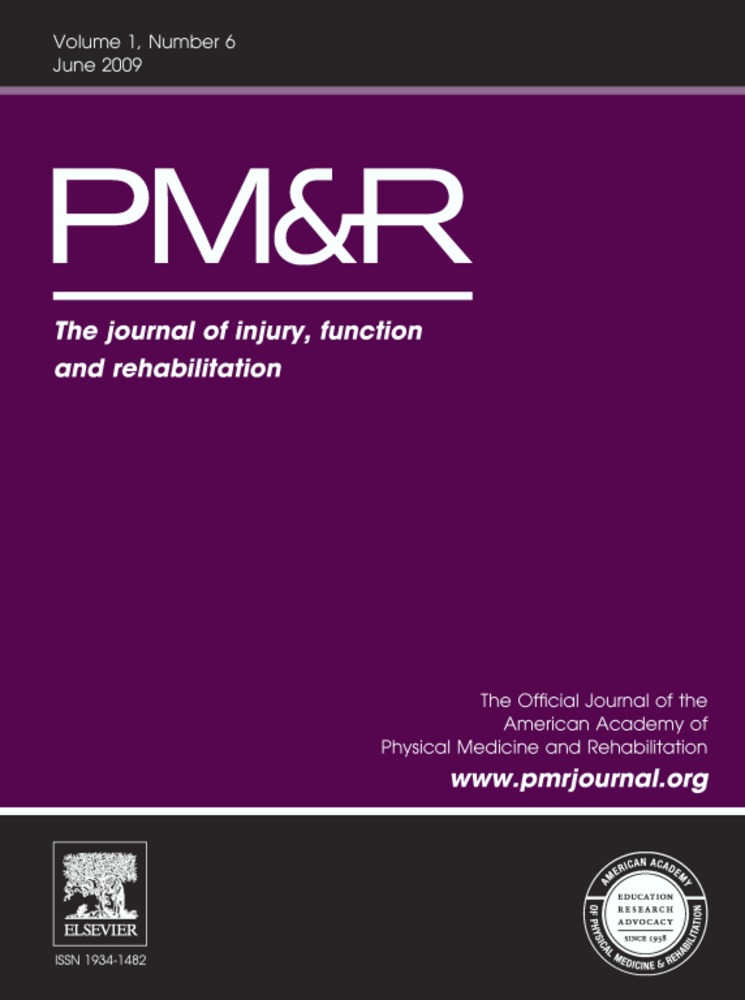Objective Assessment of Functional Ambulation in Adults with Hemiplegia using Ankle Foot Orthotics after Stroke
Abstract
Objective
To objectively evaluate the effect of ankle foot orthotics (AFOs) on functional ambulation in individuals with hemiplegia secondary to stroke using quantifiable outcome measures.
Design
With-without repeated measures design.
Setting
Rehabilitation research center.
Participants
Eighteen adults with stroke-related hemiplegia 6 months using a prescribed AFO.
Interventions
Not applicable.
Main Outcome Measurements
The distance (m) and velocity (m/s) during the 6-Minute Walk Test (6MWT) and total time (s) and velocity (m/s) during the 25-ft walk (25ftW). Secondary analysis evaluated the 6MWT and 25ftW grouped by the time component of the Ambulatory Index (AI).
Results
Distance walked during the 6MWT was significantly greater with AFO (228.54 ± 103.93) than without AFO (197.49 ± 104.13), P = .002. Time to complete the 25ftW was significantly greater without AFO (21.22 ± 20.57) than with AFO (15.49 ± 14.65), P = .010. There was a significant difference in average velocity between the 25ftW and 6MWT during the with AFO condition, P = .010. Secondary analysis grouped by the AI time showed that as level of function decreases, brace effect on functional ambulation increases (Group 3: 25ftW with AFO, P = .040).
Conclusions
AFO usage in hemiplegic stroke patients improves functional ambulation, particularly in individuals with a slower gait velocity. The 25ftW, with and without AFO, may be useful to the patient and clinician when determining the importance of brace utilization. Speed modulation was improved when the AFO was added to the paretic limb, and AI grouping indicated that the AFO was more beneficial in people with a slower gait velocity (>20 seconds for the 25ftW). A more definitive study is needed to more completely address this issue. As an exploratory study, the feasibility of different walking assessments was determined so that future studies can validate which objective measures can be used and easily implemented in clinical settings.




